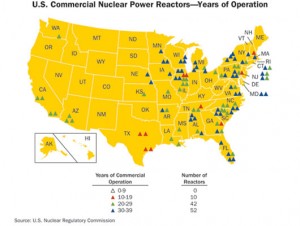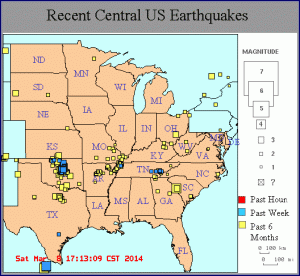
Photo from Occupy Wall Street, courtesy Osha Karow via Twitter
March 2, 2014: Approximately 1,000 activists rallied outside the White House in Washington DC to demonstrate their opposition to Keystone XL being approved. After hearing President Obama decry foreign governments for not allowing the voices of the people to be heard in front of their nation’s capital buildings, we watched as 398 of these protestors, on American soil, were arrested and hauled off by the busloads. It seems that protesting in front of our White House is only allowed if your protest is something supported by certain politicians, such as the Tea Party rallies we saw a few years ago. Or, perhaps it is because they protested in front of the United States White House, whose administration tells the international community how democratic we are by removing the protestors when they appear. We will hear the usual plausible excuses – blocking a sidewalk, affixing signs or themselves to the White House fence, and other reasons that make it “acceptable” to arrest peaceful protestors in Washington, DC.

The first arrest on 3-2-2014 in front of the White House while protesting approval of Keystone XL. Photo courtesy Anonymous, via YourAnonNews Twitter feed.
On March 7, the window for making public comment on the possible approval of Keystone XL closes. Have you made your comment on “regulations.gov” to weigh in? The following are my comments, as posted on the site. There were only 8,147 comments at the time I posted mine. That is an incredibly small amount for the size of the population that will be affected if this project is approved. For more information on how to participate, see our Welcome page. If you have posted your public comment, we invite you to share your thoughts in a “Reply” below as well.
Dear President Barack Obama,
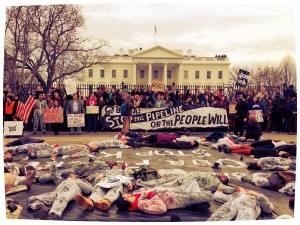
Hundreds of people zip tied to the White House fence and doing a die-in to protest Keystone XL.
Photo from Jenna Pope, via Twitter
The decision you are about to make regarding Keystone XL will make history – regardless of which side the final outcome favors. Please consider the following before making a decision that can not be withdrawn once implemented.
The proposed path of this pipeline crosses sacred land of indigenous people, who have pledged to lay their bodies on the ground to prevent this affront to their land, people, culture and lawful agreements that would be broken. What appears to us as worthless sand and rocks can not be disregarded simply because we wish to break yet another promise to the original American people.
In a recent speech, John Kerry stated that climate change is a top priority of the State Department. As such, we are just beginning to see severe weather, and conditions will worsen in the coming years. The path of this pipeline crosses tornado alley, runs along the edge of the world’s largest super volcano that is 40,000 years overdue for an eruption, and runs through land that is experiencing a huge surge in earthquakes that are growing in intensity and frequency. The proposed pipeline is not designed to withstand these possible disasters, nor would it withstand multiple conditions of any of these factors.
As was seen recently in Mayflower, Arkansas, the oil industry is still recalcitrant in managing spills and leaks. They have invested virtually nothing from their billions in profits to develop better disaster management and safety standards for existing or proposed pipelines. They are slow to react, deny the extent of damage, and attempt to shirk the expenses involved for the cleanup. Denial of landowner claims and refusal to release information to the public when spills occur are common place.
The studies conducted by ERM that the State Department says will be considered are invalid because they were conducted with gross conflict of interest. The State Department knew this and redacted the information in hopes the population would not find out that TransCanada, Koch Industries and Shell Oil hired the contractor to do the “study” that supports their efforts to get the project approved.
America is not a sewer line for the world’s filthiest oil. If Canada wants to ship this filth to the world markets, they should do so from their own shores, This entire controversy exists because even the Canadian people are not dumb enough to allow this pipeline to cross their land. Please do not give the international community yet another reason to think of us as “dumb Americans.”

Photo from Adam Greenberg, via Twitter
Mr, President, you expressed deep alarm and concern over the protests and demonstration in Ukraine and now in Venezuela. Have you considered that you will see large mass protests on American soil if this pipeline is approved? How will those protesters be treated? Will they be met with the militarized police forces we saw attack the Occupy movement just two years ago? Mr. President, the whole world is watching.
Make history the right way, by choosing a sustainable, energy-efficient future for our country and our environment over the dangers presented in pursuit of profits by a huge international corporation. Once sold, this can not be bought back at any price.
As an ending note, and not included in my public comment, comes the question of how President Obama would react if it were Sasha and Malia being arrested in front of the White House. If it can happen to these young people, it can happen to them. And did this event get coverage by the main stream media? This is NOT what democracy looks like…
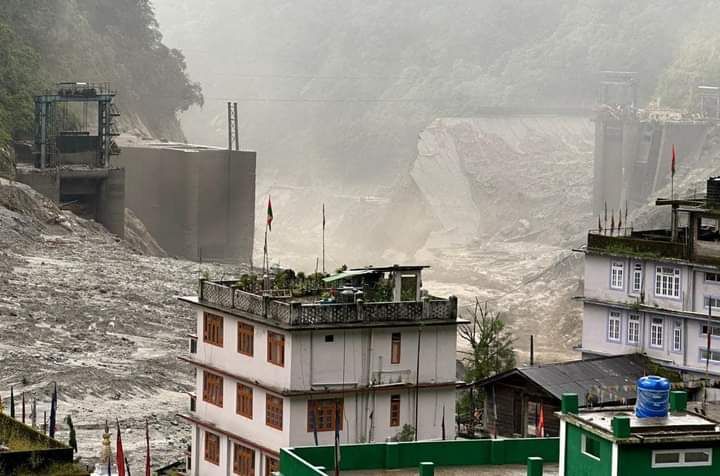


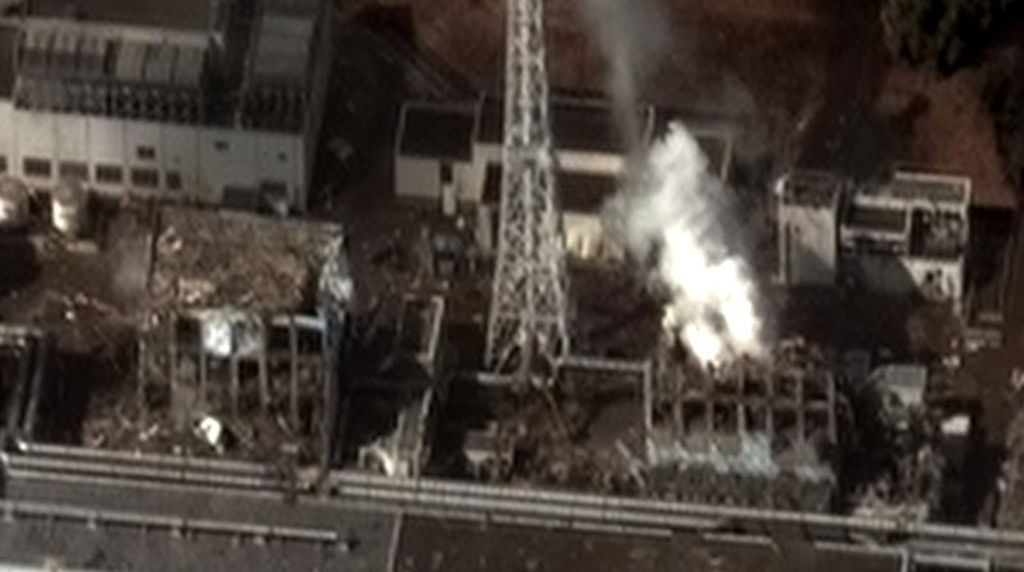
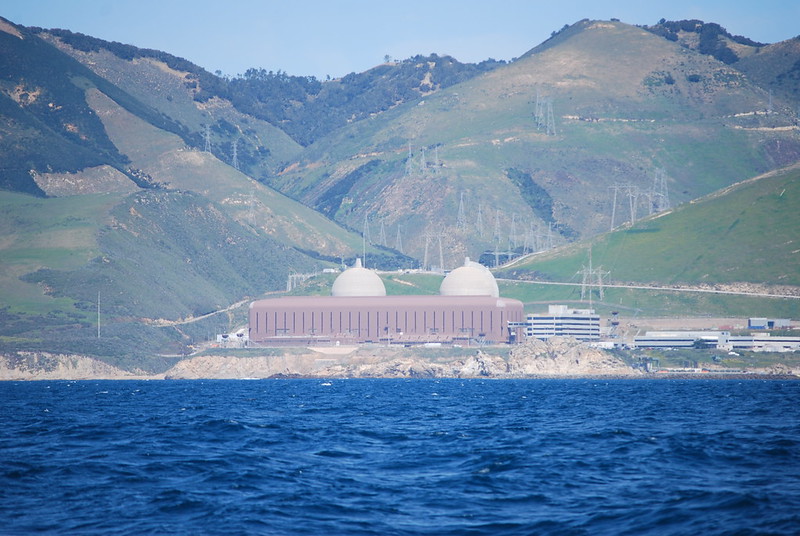
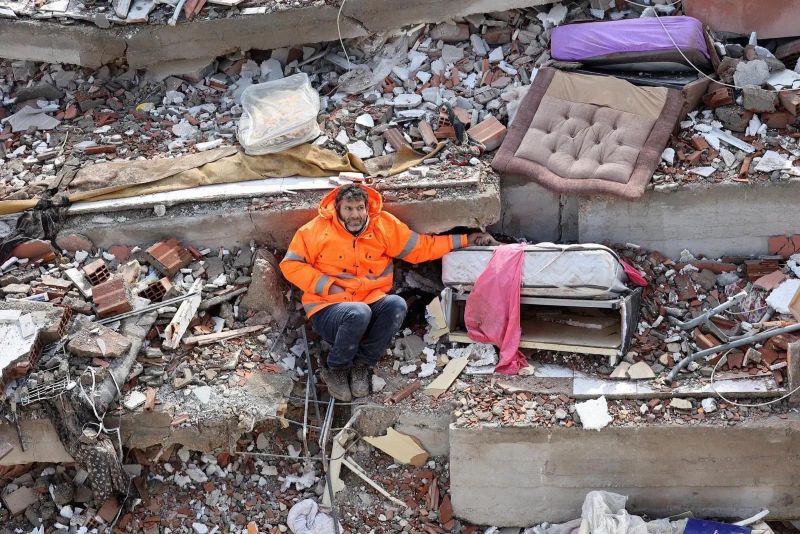
![By US Energy Information Administration (http://www.eia.gov/oil_gas/rpd/shaleusa5.pdf) [Public domain], via Wikimedia Commons](http://occupyworldwrites.org/wp-content/uploads/2014/09/Marcellus_Shale_Gas_Play-231x300.png)
![OIl refinery near Enid, Oklahoma. Photo by John from Tulsa, USA (Flickr) [CC-BY-2.0 (http://creativecommons.org/licenses/by/2.0)], via Wikimedia Commons](http://occupyworldwrites.org/wp-content/uploads/2014/07/Refinery_Oklahoma-300x225.jpg)
![Image by Mikenorton (Own work) [CC-BY-SA-3.0 (http://creativecommons.org/licenses/by-sa/3.0)], via Wikimedia Commons](http://occupyworldwrites.org/wp-content/uploads/2014/01/1024px-HydroFrac-300x175.png)
![Entrance to Chernobyl. By amosek (Own work) [CC-BY-SA-3.0 (http://creativecommons.org/licenses/by-sa/3.0)], via Wikimedia Commons](http://occupyworldwrites.org/wp-content/uploads/2014/04/Chernobyl-300x225.jpg)
![Sign near the control point of Chernobyl Exclusion Zone. By Tiia Monto (Own work) [CC-BY-SA-3.0 (http://creativecommons.org/licenses/by-sa/3.0)], via Wikimedia Commons](http://occupyworldwrites.org/wp-content/uploads/2014/04/Near_Chernobyl_Exclusion_Zone-300x295.jpg)
